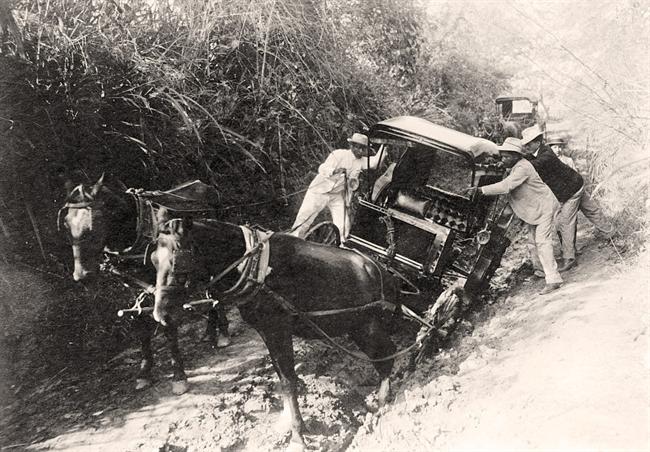"What I want to believe based on emotions and what I should believe based on evidence does not always coincide." - Michael Shermer
Have you ever felt this in your leadership?
Here are some ways that I have experienced this phenomena:
I worked really hard and delivered on all my projects last year, I should have gotten a bigger raise.
I feel like I am plateauing in my career and there is nothing left to learn.
I just accomplished my major objective, now promote me.
My kids say they are getting straight A's, but I never see them study.
There are times in our leadership lives where the emotion of what we desire can outrun the evidence that is before us.
Harvard Business Review (November, 2015) wrote on what they called “The New Science of Customer Emotions." The premise is that when companies connect with customers emotions, the payoff is enormous. The idea is that brands and the companies they represent want to be trusted, but they often fail to align themselves with the emotion that drives the desired behavior.
The authors of the article suggest that if your customer wants to “have confidence in the future,” you will need to show them that future is better than the past by creating positive mental pictures of what the future looks like.
As a leader, how does this apply to you?
In my experience, those under your leadership have different emotional needs that you may meet. Some of these needs include:
To be trusted and believed in not only as an employee, but as a person.
To feel valued as an individual, and that their work is meaningful.
To believe you listen to and understand them through your actions.
To rest assure that they may be forgiven if they make a mistake.
To feel confident in their current position, as well as what the future may bring.
At this point, you are probably saying, “Okay, so I know I need to connect emotionally.” Yes, you know you need to; but does the evidence support what you believe to be true?
Here is an example of what I mean.
I was in a class not long ago where the facilitator played "The Ultimate Game" with a couple of students. It goes like this:
One person gets a sum of money and is told to split it with the other person and keep the rest for themselves. If the second person accepts the deal, they both keep the money. If the second person rejects the deal, neither one of them keep the money. They will play the game twice. Here is how it worked:
Game 1: Person A gets $100 and decides to give Person B $50. Person B accepted this amount. The teacher said that almost 100% of the time, it happens like this.
Then they play Game 2.
Game 2: Person A gets $100 and decides to give Person B $10. Person B did not accept.
Person A: “Why didn't you accept?” Person B: “Because you got more than me.“ Person A: “Yes, but you still have $10 more than when you started.” Person B: “I know, but it isn’t fair, so no deal.“
Neither Person A or Person B keep any money.
In a non-emotive state, we can see that Person B is being irrational. This person would have received 10 more dollars than they started the day with. This is free money, no strings attached. However, because it did not seem fair, emotion began to cloud the decision-making process and poor outcomes occurred.
It is no secret that emotions are important influences on the decisions we make and the impact we have on other people. As leaders, this is true for us as well. Let's not assume that we are making good emotional connections with those under our leadership. Go out and ensure that they feel valued and appreciated for what they do and who they are. Oh, and by the way, why not collect some data along the way to show you actually are connecting emotionally?
Homework: Look at the 10 emotional needs that you as a leader can meet for your followers. Can you show supporting evidence that you actually meet those needs?








